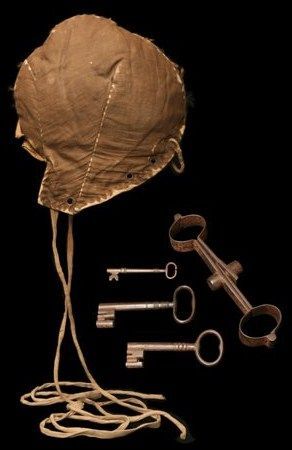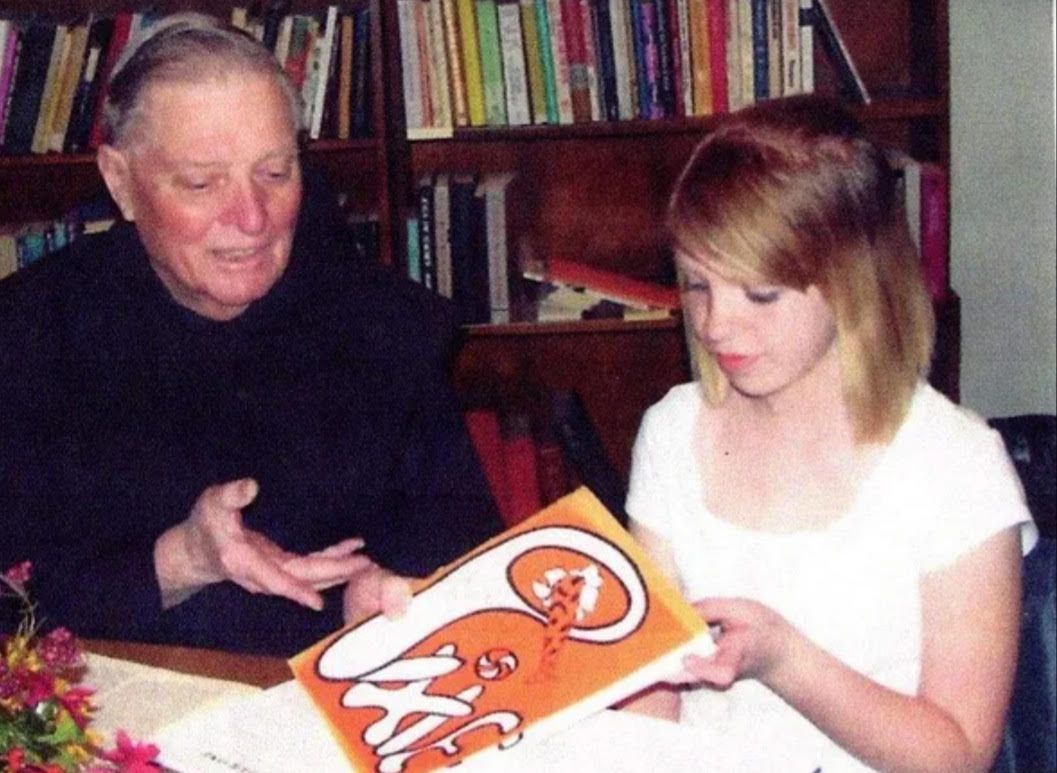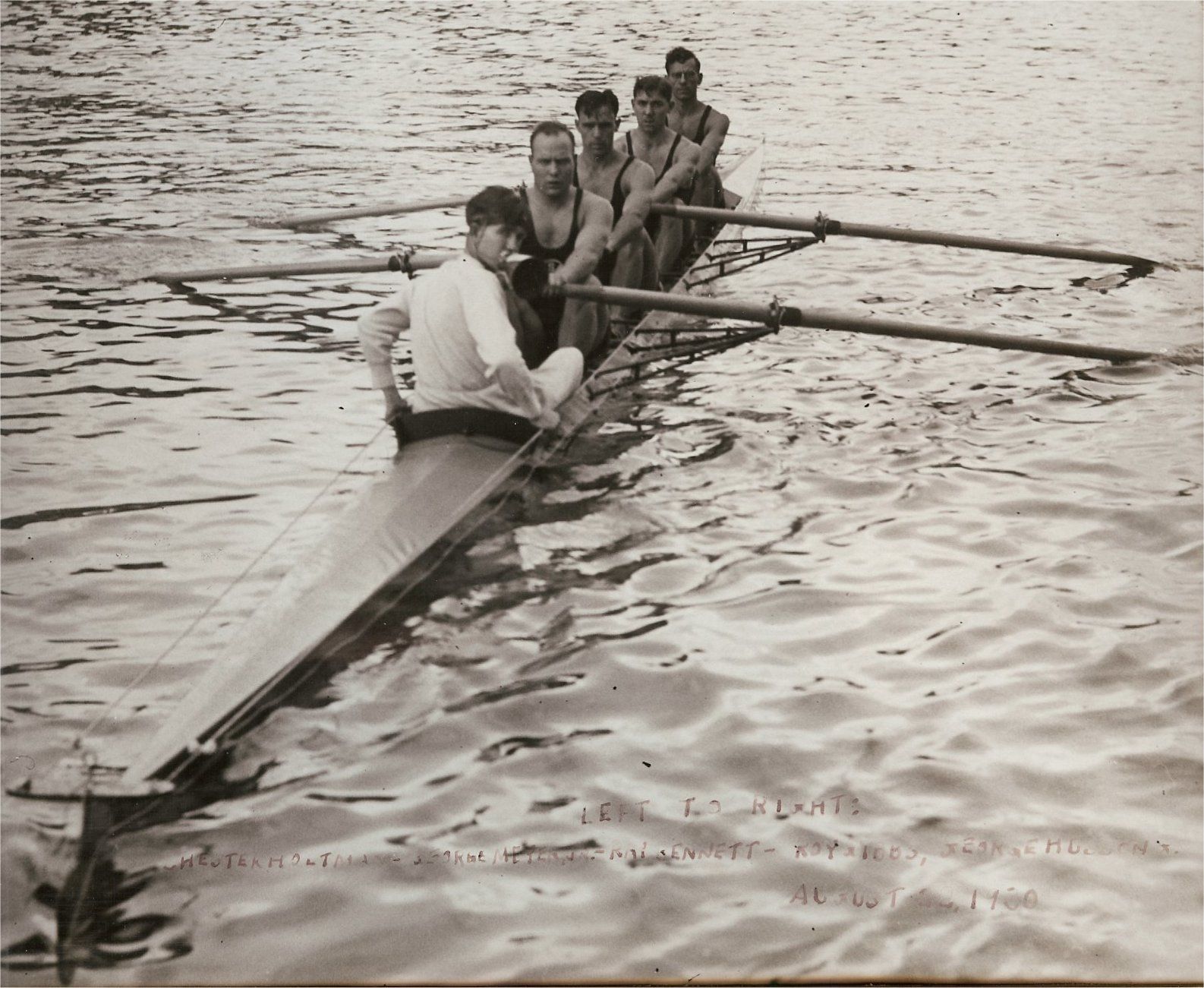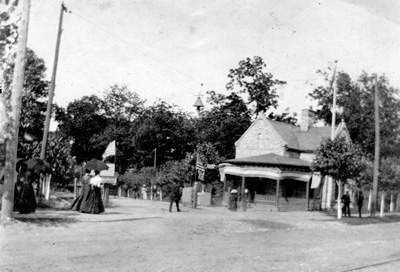Col. George Iles: Pilot from Quincy to the world
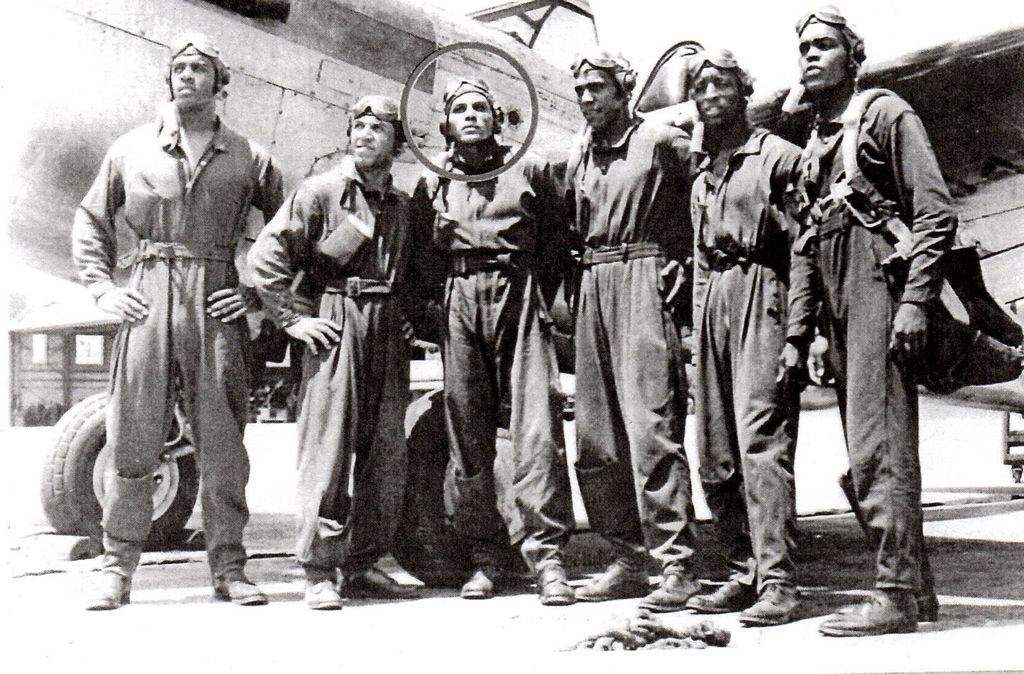
Part 1 of 2 articles
The wording is eloquently simple on the gravestone at Sierra View Memorial Park in Olivehurst, Calif.:
GEORGE J ILES
COL US AIR FORCE
WWII KOREA VIETNAM
Nov 6 1918 Dec 9 2004
The simplicity belies the magnitude of the influence of the man who was laid to rest there.
George J. Iles was born to Mr. and Mrs. George D. Iles of 1416 N. 14th just a few days before the armistice was signed that ended World War I. Quincy was largely a racially segregated city in 1918. Patrick McGinley wrote, "Although Quincy had the first anti-slavery society in Illinois and was Stop No. 1 on the northern leg of the Underground Railroad in Illinois, most of those who opposed slavery still did not believe in the equality of African Americans. They opposed slavery but did not want to associate with African Americans in society, and did not want their children to associate with children of color in school."
In 1862 Colored School No. 1 was opened at 10th and Spring, and Colored School No. 2 was built next to it, then enlarged to replace it in May 1872. It was renamed Lincoln School.
A new two-story Lincoln School with 22 rooms and a capacity of 400 was built in 1910, but by 1933, about 30 percent of the black children attended other Quincy elementary schools, and only 126 were enrolled at Lincoln. Young George Iles attended Lincoln.
George played football and graduated from Quincy High School in 1935 and enrolled at Quincy College. In 1939, while still enrolled, Iles took the opportunity to earn a private pilot's license under the Civilian Pilot Training Program, thus becoming Quincy's first black pilot.
With Hitler gaining power in Europe, the United States was taking precautionary measures. Iles learned that there was a federal initiative to train black pilots for military duty. A segregated facility for the Army Air Corps program to train about 1,000 black men had been established at Tuskegee Institute near Biloxi, Miss. He applied in 1942 and was accepted into the program in 1943. So many doubted that black men could fly airplanes, the program was referred to as the Tuskegee Experiment.
A key leader in the program was Lt. Col. Benjamin Davis Jr., a graduate of West Point, and later the first black general in the Air Force.
Iles said, "Many people thought the Tuskegee Experiment would fail, but it didn't." He described Davis as "a very stern taskmaster because he knew that the future of blacks in aviation was riding on our success."
The program was a success--of the almost 1,000 men accepted, more than 900 completed the rigorous program and became Tuskegee Airmen.
Iles graduated in May 1944, receiving his commission and pilot rating. After several months of fighter training in South Carolina, he was sent to Europe in October as part of the 332nd Fighter Group, 99th Pursuit Squadron, organized and commanded by Davis.
The Tuskegee Airmen's assignment was to provide fighter escorts for the big bombers flying over Italy. A 1973 article in The Herald-Whig published shortly before the colonel's retirement summarized the achievements of the Tuskegee Airmen: "In a 13-day period during World War II, the 99th completed 231 effective sorties out of 246 airborne aircraft. They destroyed 12 enemy planes and got two probables during the same period. They lost one U.S. plane and two were missing." Iles also flew missions strafing and dive-bombing ground targets in Austria and Germany.
On a mission over Germany in February 1945, Iles' plane was hit by anti-aircraft fire. He continued flying long enough to be in radio contact with his leader and was told to try to make it to Switzerland and land, but soon all communication ended. For months, no one knew if he had survived. His wife, the former Cornelia Elizabeth Vinton, living with her mother at 2026 Spruce, received an official letter notifying her that he was missing in action and that he had been awarded the air medal with one oak leaf cluster.
Actually, Iles had crash landed his plane in a field near Augsburg. He was immediately captured and eventually was sent to a huge, multi-national prison camp in Nuremberg where 10 of the Tuskegee Airmen were held. Iles later said, "It was our first experience of being treated equally, equally bad, but equally."
The black pilots expected the Germans to be extra harsh to them, but Iles reported, "I went through several POW camps … but the Germans treated me and the other black pilots just like the white pilots. My friends and I thought it was very ironic, because everywhere else we'd been, we were segregated and treated as inferior. We had to get shot down to be treated as equals."
When Germany evacuated the Nuremburg prison camp, prisoners were marched south for 10 to 12 days. They begged for food from the homes they passed. The aviators of an Allied bomber, however, mistook them for German troops and strafed them, killing 20 of the prisoners. The incident was devastating to some of the leaders, who, Iles said, "began to fall apart." Enlisted men stepped up and cared for the injured and obtained food. One older farm woman invited Iles and some of the others into her home for a meal. He said she was more concerned about her grandchildren than politics--her grandson was on the German front lines.
The American prisoners, including the pilots, were liberated by Allied forces a few months later. Iles said, "When I returned to the United States … there was still only one base that would accommodate black pilots, and that was Tuskegee."
After being stationed at Tuskegee for a year, Iles received a commission in the U.S. Army. A son, Bruce Adrian, was born to Iles and his wife in 1946. Iles continued his college education and graduated from Boston University with a bachelor's degree in business in 1948.
Finally, in that same year, President Harry Truman signed an executive order ending segregation in the armed forces. Iles had found his career.
Linda Riggs Mayfield is a researcher, writer and online consultant for doctoral scholars and authors. She retired from the associate faculty of Blessing-Rieman College of Nursing and is a board member of the Historical Society.
Sources:
Charles Lee Vinson in the 1940 Census. Ancestry.com. ancestry.com/1940- census/usa/Illinois/Charles-Lee-Vinson_4yj7k1
Col. George J Iles. Find A Grave (website). findagrave.com/memorial/15123464/george-j-iles
Encyclopaedia Britannica. Benjamin O. Davis Jr. britannica.com/biography/Benjamin-O-Davis-Jr
Gazzar, Brenda. "Linda man broke new ground; African-American pilot was a famed Tuskegee Airman." Appeal Democrat. Dec. 10, 2001.
Green, Hope, "Blacks in the military: A long uphill climb toward a level playing field." Reflections (Column). B.U. Bridge. Nov. 23, 2001.
Korean War. History. (Web site). history.com/topics/korea/korean-war
McGinley, Patrick. "Lincoln School 1872-1957." Quincy Herald-Whig July 14, 2013. whig.com/story/22644814/lincoln-school-1872-1957#//
Nichols, Carol. Interviews. John Riddle, Harold Brown. January 2017-May 2018.
Nichols, Carol. Presentation, Quincy School Board, Oct. 25, 2017.
Parks, Wendy. "Separate Journey, Same War." The Journal Times, Feb. 28, 2001.
Personal correspondence. Multiple undated, unattributed newspaper clippings from Iles family scrapbook, by permission.
Robertson, Rickey. "Exercise Sage Brush 1955." Stephen F. Austin State University. 2013. http://www.sfasu.edu/heritagecenter/6820.asp
Vietnam Veterans Memorial Fund: Founders of the Wall. "The Wall of Faces." vvmf.org/Wall-of-Faces/25031/BRUCE-A-ILES
